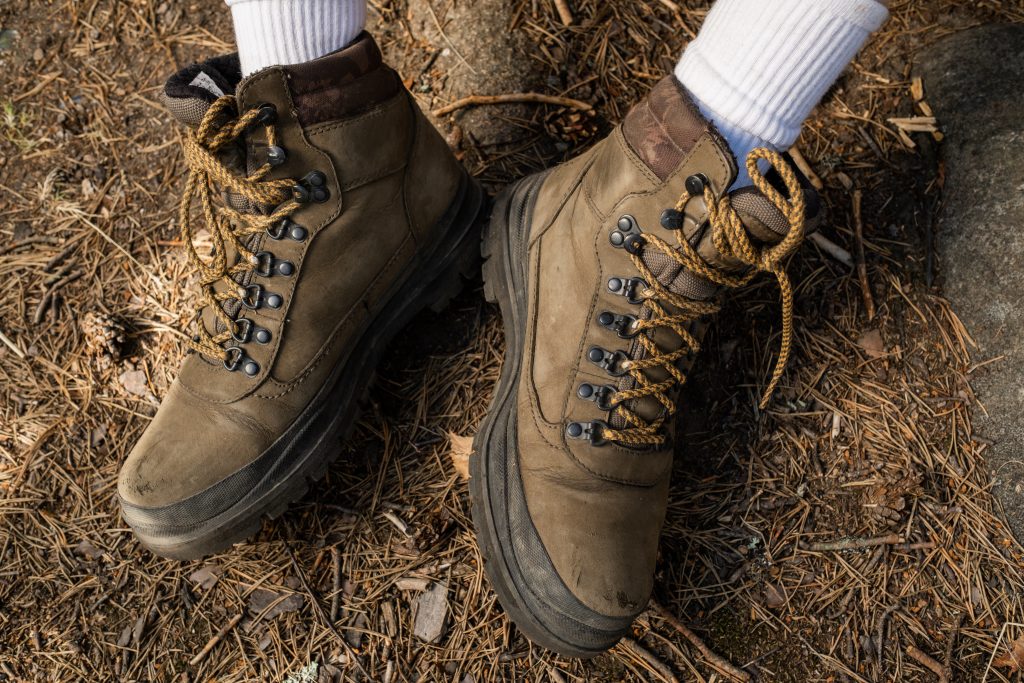What is the Difference Between Steel Toe and Safety Toe Shoes?
Exploring the Three Types of Safety Toe Shoes
What is the Difference Between Steel Toe and Safety Toe Shoes? In the realm of protective footwear, steel toe and safety toe shoes play a significant role in safeguarding the feet of workers across various industries. Understanding the differences between these types of shoes is crucial for both employers and employees. This article delves into the distinction between steel toe and safety toe shoes and explores the three primary types of safety toe footwear available in the market today.
1. Steel Toe vs. Safety Toe: Decoding the Variance
What is the Difference Between Steel Toe and Safety Toe Shoes?
Safety is paramount, especially in workplaces where feet are constantly exposed to potential hazards. Steel toe shoes, as the name suggests, are reinforced with a steel cap in the toe area. This steel cap provides robust protection against heavy objects, making them ideal for construction sites and factories.
On the other hand, safety toe shoes encompass a broader category. While steel toes are a type of safety toe, there are other materials used, such as composite materials and aluminum, which offer comparable protection without the weight of steel.
2. The Three Types of Safety Toe Shoes
a. Steel Toe Shoes
Steel toe shoes are the traditional choice, renowned for their durability and ability to withstand heavy impact. They are a favorite in heavy industries where the risk of falling objects is high.
b. Composite Toe Shoes
Composite toe shoes are crafted from non-metal materials like Kevlar, plastic, or fiberglass. They are lightweight and do not conduct electricity, making them a popular choice for electricians and workers in security-sensitive areas.
c. Aluminum Toe Shoes
Aluminum toe shoes strike a balance between steel and composite options. They are lighter than steel but offer comparable protection. These shoes are favored in industries where both impact and weight are significant concerns.

3. Ensuring Comfort and Safety
While protection is paramount, comfort should not be overlooked. Modern safety toe shoes incorporate ergonomic designs and breathable materials, ensuring that workers can wear them for extended periods without discomfort. Employers should consider investing in high-quality, comfortable safety toe shoes to enhance both safety and productivity among their workforce.
4. Conclusion
In the realm of safety footwear, choosing between steel toe and safety toe shoes boils down to the specific requirements of the job. Understanding the nuances between steel, composite, and aluminum options empowers both employers and workers to make informed decisions. Prioritizing both safety and comfort ensures a secure work environment and boosts overall productivity.
5. FAQs
Q1: Can safety toe shoes protect against punctures?
Yes, safety toe shoes, especially those with composite or steel toes, offer protection against punctures from sharp objects.
Q2: Are safety toe shoes suitable for all types of work environments?
Safety toe shoes are versatile and suitable for various work environments, ranging from construction sites to warehouses and manufacturing plants.
Q3: How often should safety toe shoes be replaced?
Safety toe shoes should be inspected regularly, and if signs of wear and tear are evident, they should be replaced promptly to ensure continued protection.
Q4: Can safety toe shoes be customized for individual foot shapes?
Yes, many manufacturers offer safety toe shoes in various sizes and widths to accommodate different foot shapes and sizes.
Q5: Are safety toe shoes waterproof?
Some safety toe shoes come with waterproof features, but it’s essential to check the product specifications to ensure they meet specific waterproofing requirements.




Leave a comment